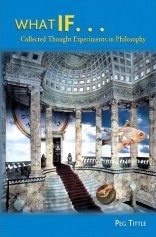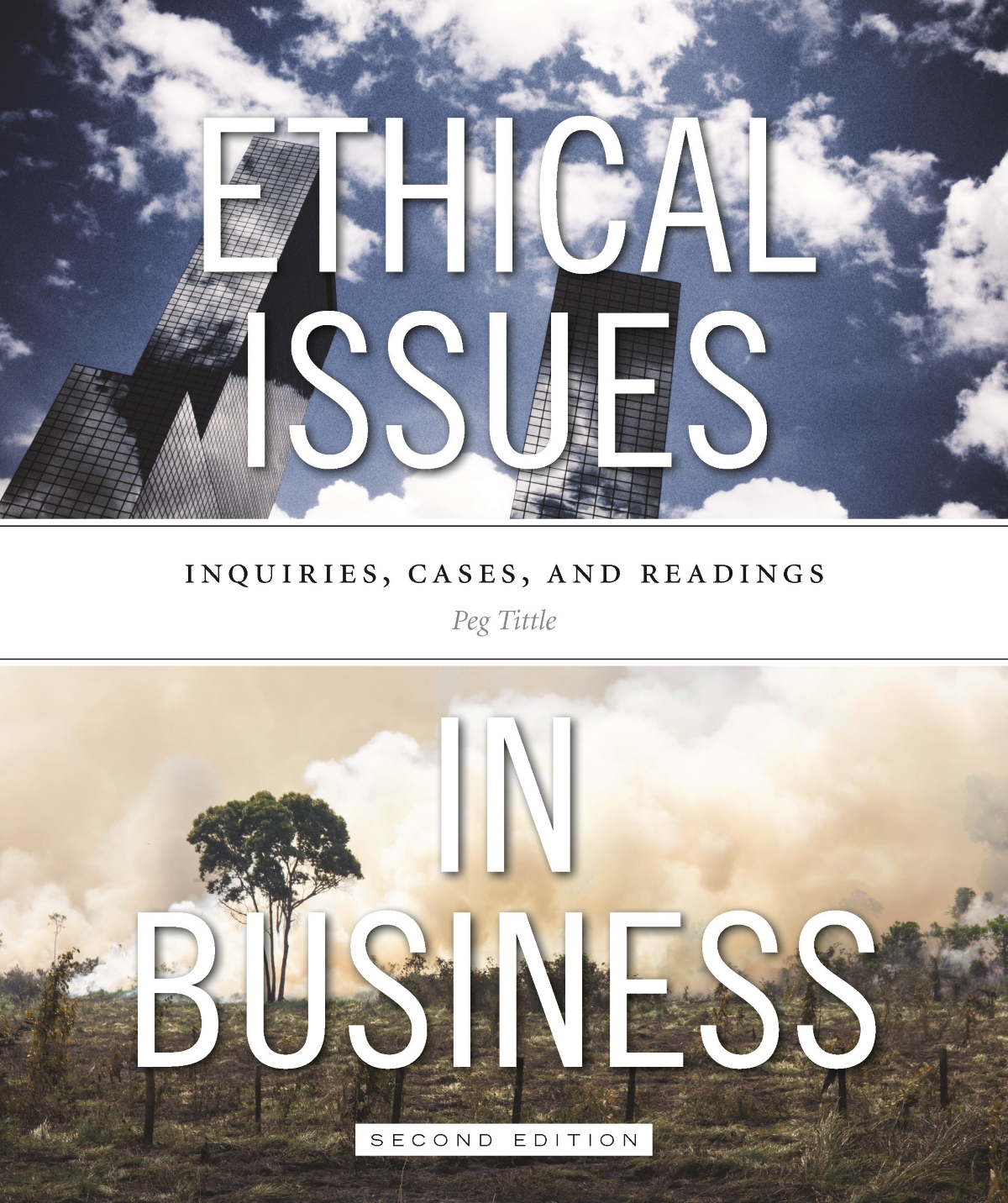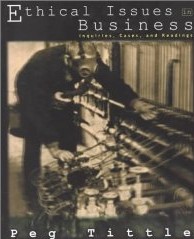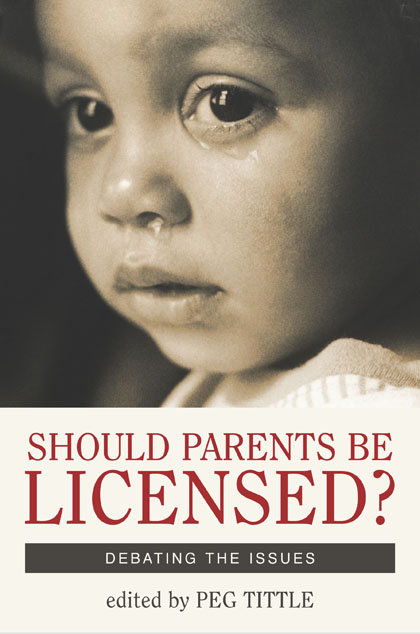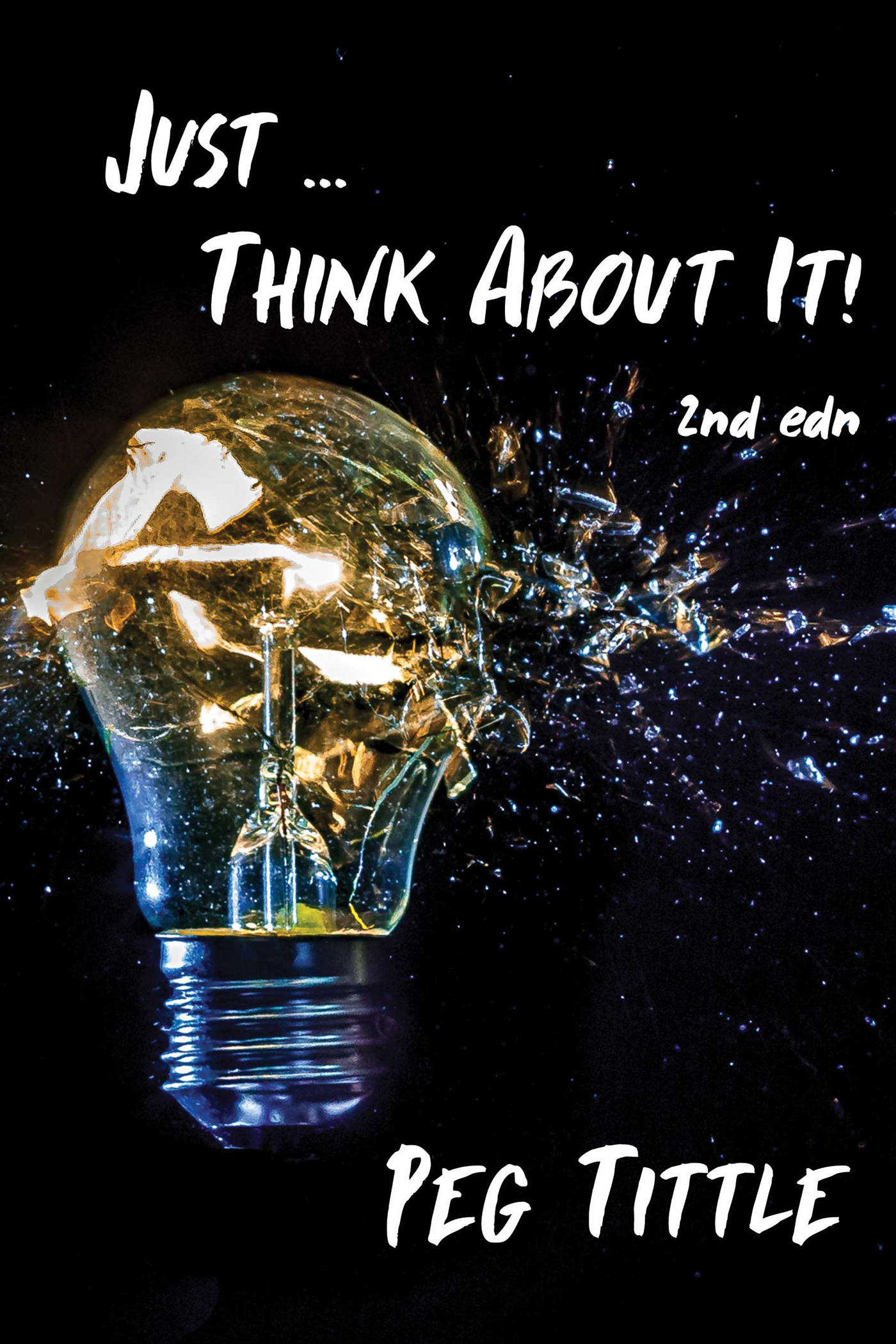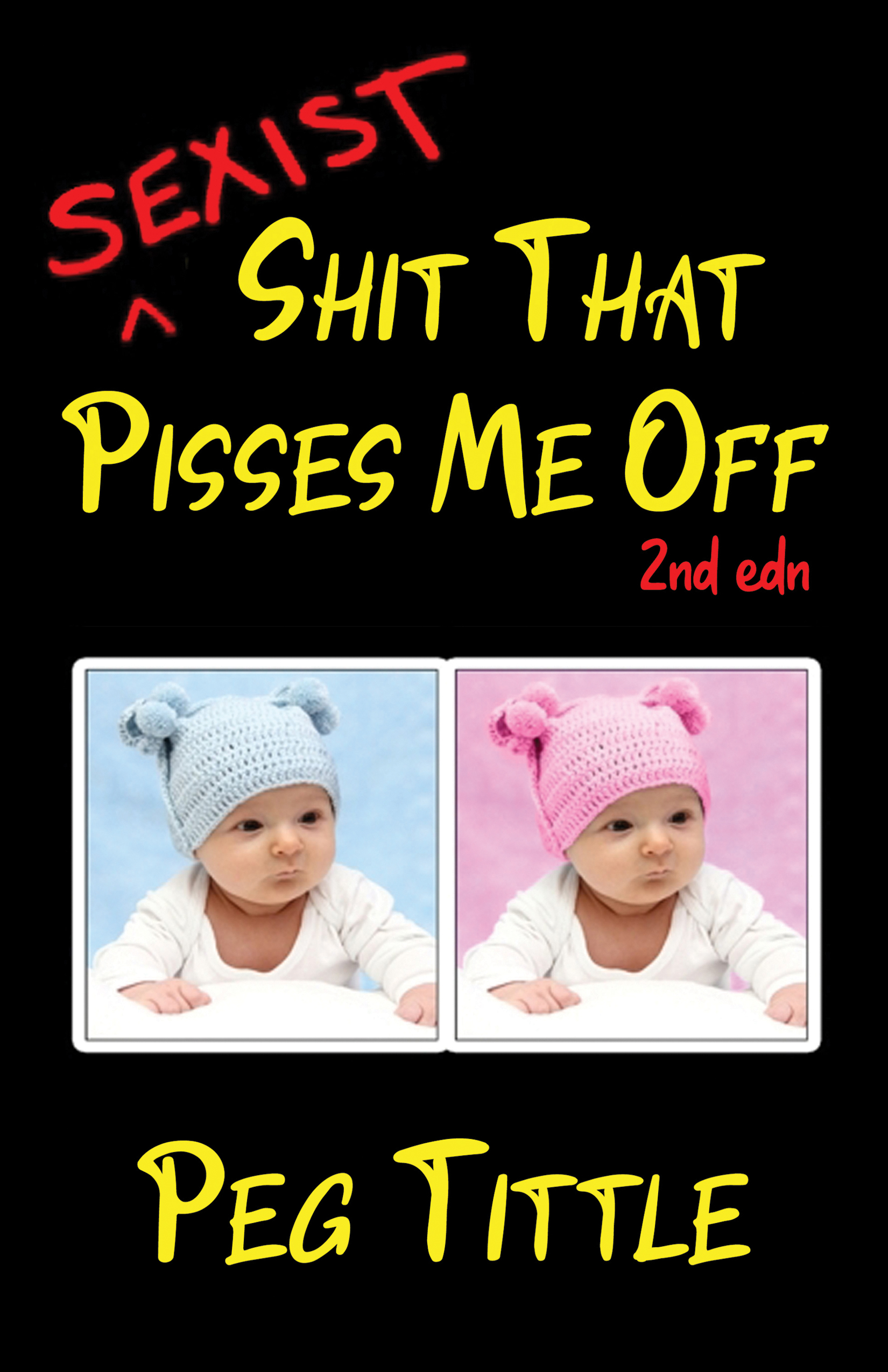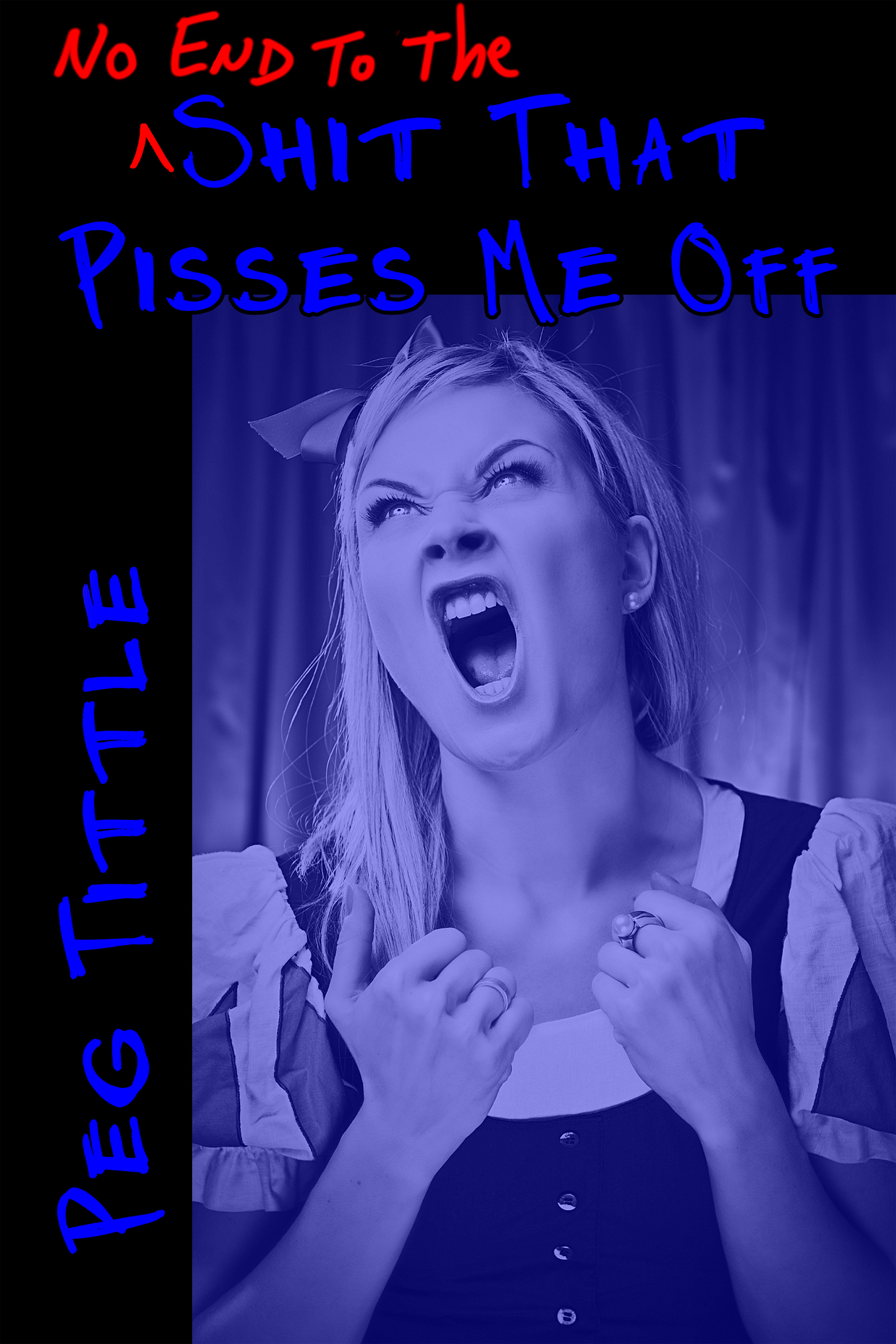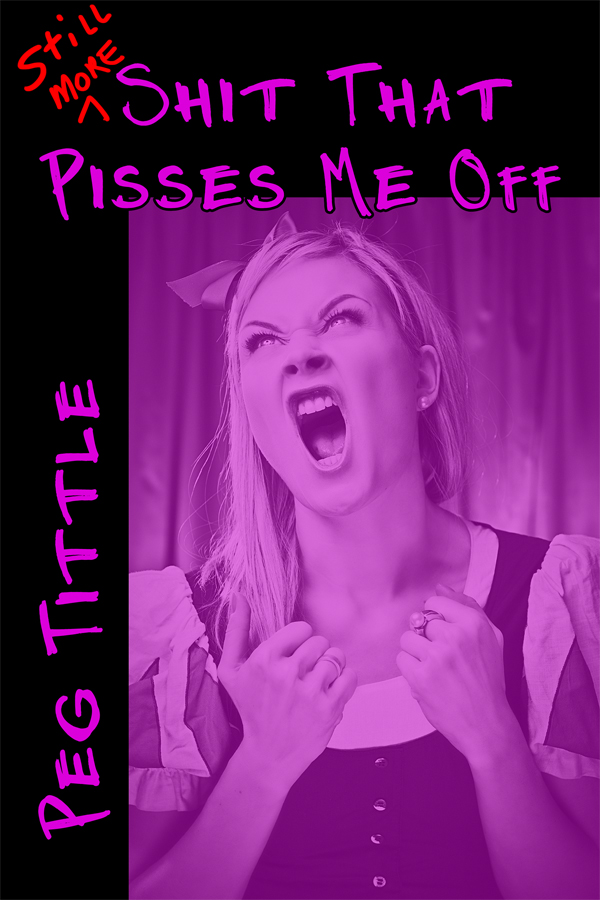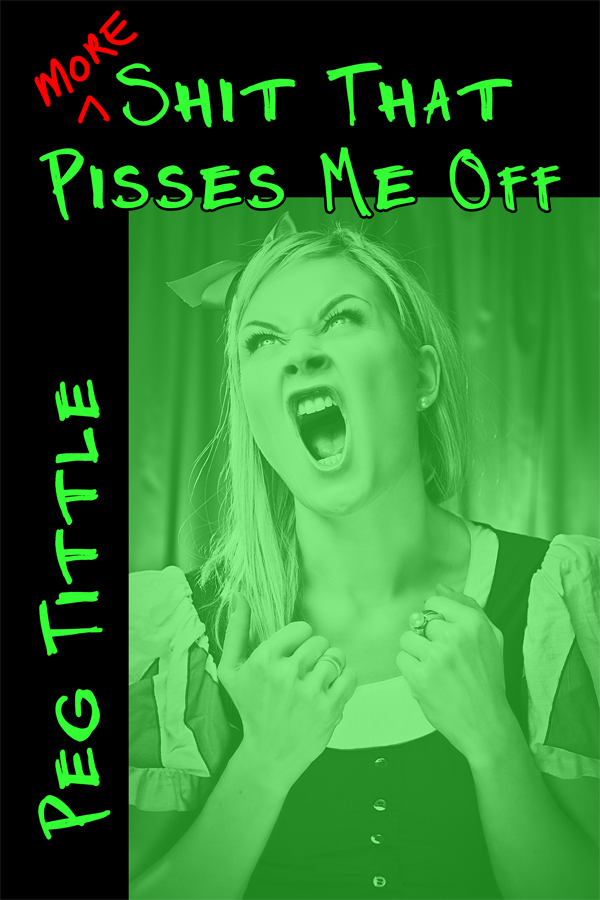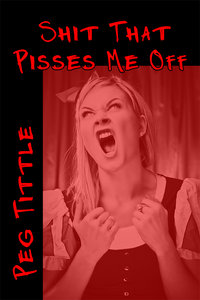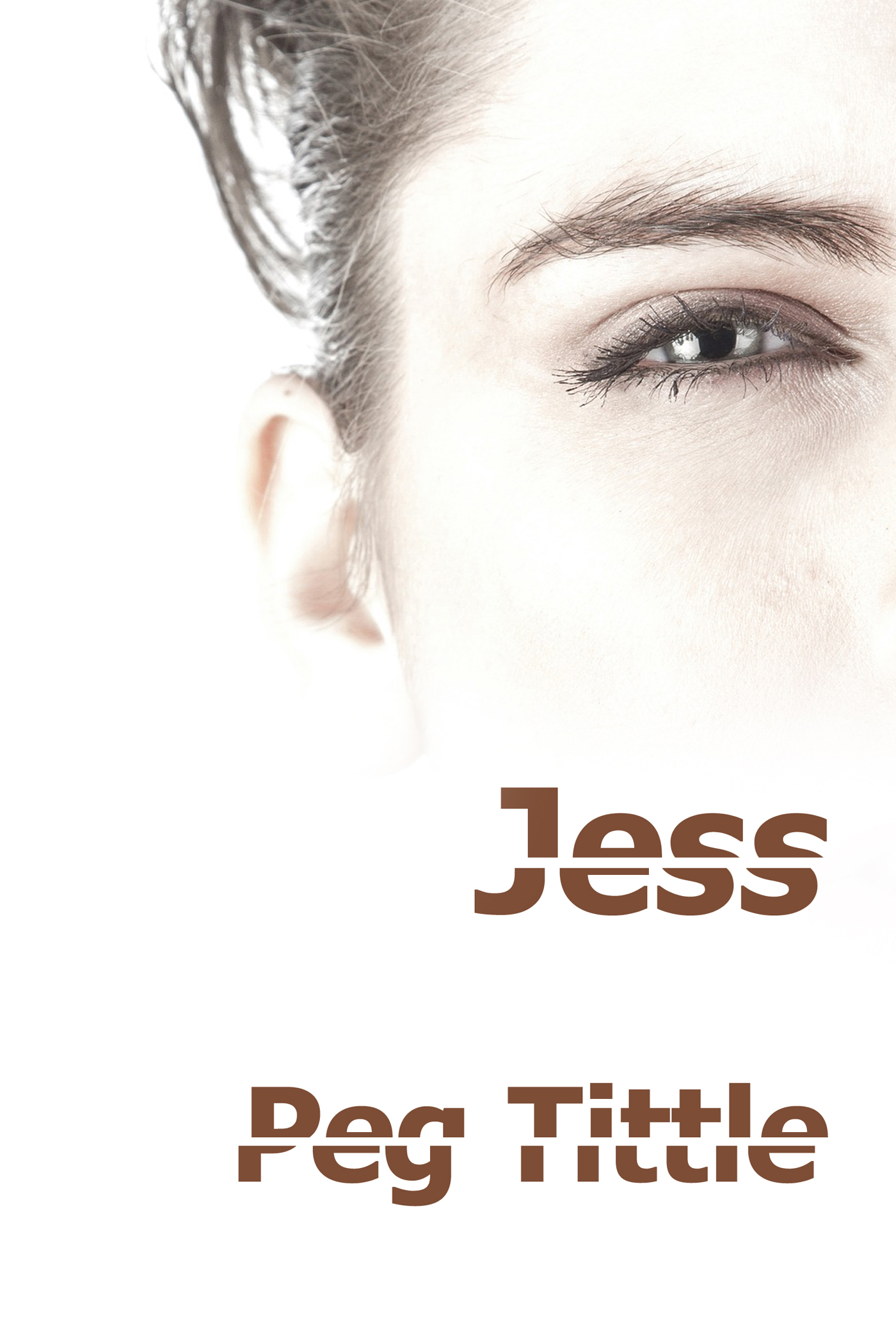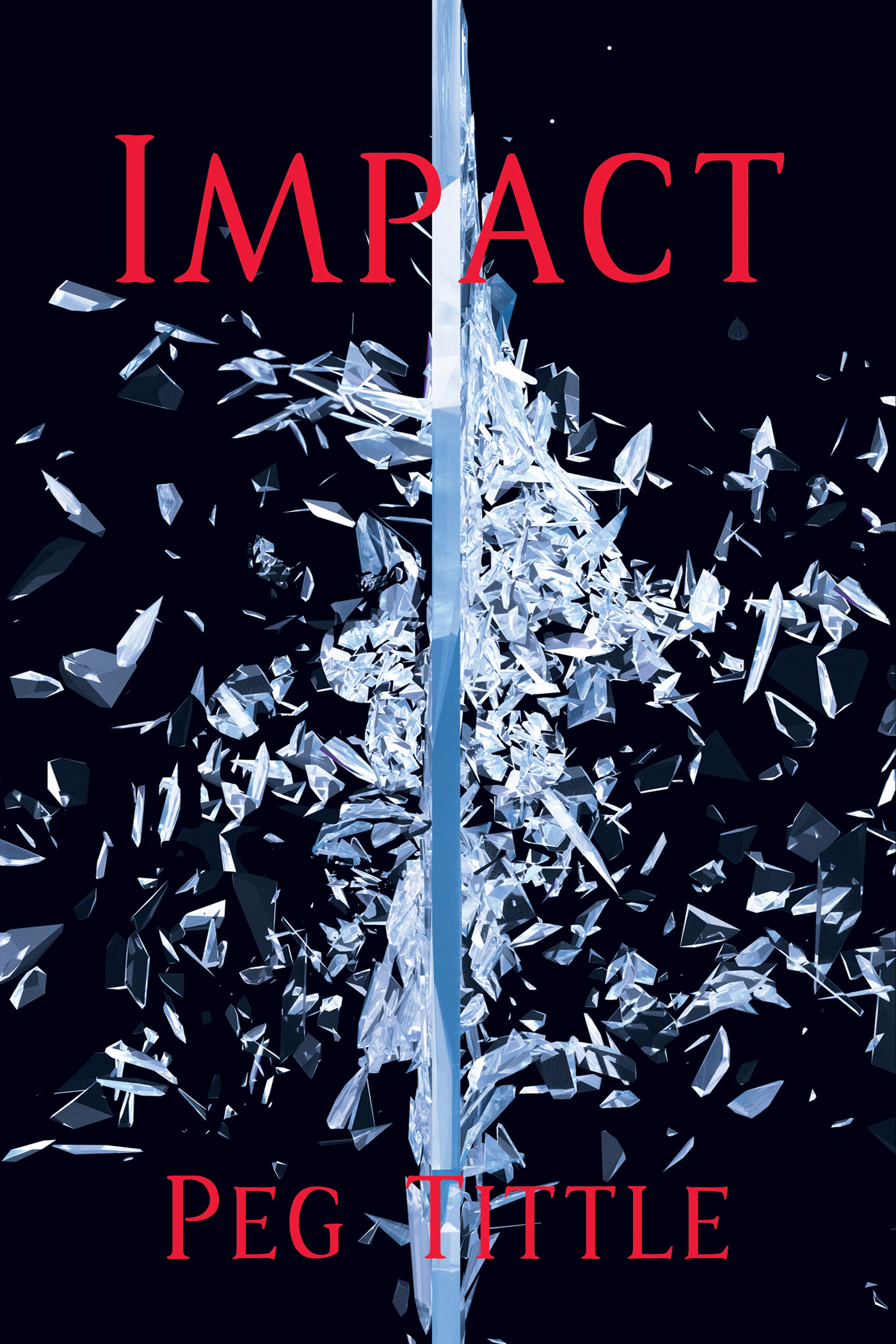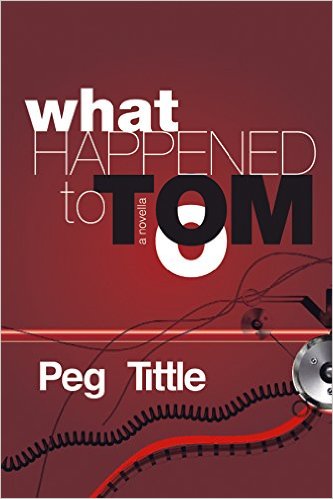On/off, yes/no, either/or, in/out, for/against, male/female, win/lose, true/false, right/wrong, black/white, all/nothing, 0/1.
Preachers do it. Lawyers do it.
Why have we become so enamoured with digital thought? What’s the attraction?
It’s precise. Precision is good.
It’s fast. We like that.
It’s easy. We like that even more.
But any educator will tell you that T/F tests are the sparrows of measurement. They can handle knowledge, and maybe comprehension. (Multiple choice tests, the robins, are just one step better. Except for the LSAT, the smartass bluejay, which is designed by demented geniuses who have made a science of turning a curve ball into a triple helix and figured out how to get paid for doing it.)
So digital thought is perfect for this so-called information age. (And surprise, computers do it.) But knowledge and comprehension are the lowest levels on Bloom’s taxonomy of cognitive skills. What about application? Analysis? Synthesis? Evaluation? What, no time for critical thought? Too busy surfing the net to notice you’re in an ocean of shit?
Thing is, digital thought is, well, limited. Most of life isn’t subject to such precision, isn’t true or false, black or white. Ever hear of the false dichotomy? It’s an error in reasoning, it’s when you assume, erroneously, that there are only two possibilities. So it leaves out a lot. (For example, subtlety.)
It encourages extremism. It ignores the richness of a continuum, a spectrum. Between all and nothing is something. Lots of somethings.
And it sets up competition. It has no room for compromise, for combination.
In short, it’s two dimensional. Frogs do it: if it moves, it’s food; if it doesn’t, don’t bother. Are we frogs? Yes/No.


